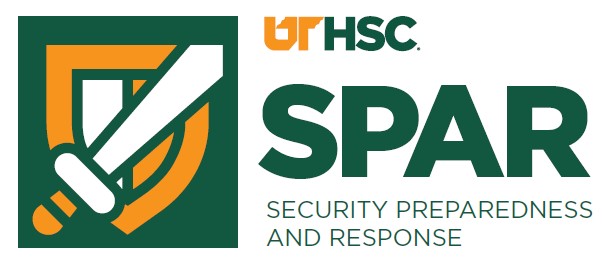What You Need to Know About Robocalls
Federal Communications Commission (FCC) Resources about Robocalls
- Consumer Tips and Information about Caller ID Spoofing
- Consumer Guide: Stop Unwanted Robocalls and Texts
- FCC Consumer Help Center | File a Consumer Complaint with the FCC
According to research by a company called YouMail, Americans received over 4.4 billion (with a B) robocalls in April, which is a 10% decrease from previous months. Memphis, though, is the 2nd highest volume of calls per person for cities in the US at 35 calls per month.
These statistics can be found in an article published by prnewswire.com.
Many local media outlets have run or will run stories about these robocalls and scams that you’ve probably are familiar with. You might have seen your caller ID show up as “Spam Risk” or “Telemarketer”. This is due to the continue implementation of the STIR/SHAKEN framework, an industry-standard caller ID authentication protocols that allow for the verification of Caller ID carried over Internet Protocol (IP) networks. The FCC is requiring that providers implement this framework by June 30, 2021.
More information about this framework and what protocols are required by the FCC can be found on their webpage.
How can you stop these phone scams? Here are some tips:
- Don’t answer phone calls from unknown phone numbers, especially those that call or text at odd hours.
- Never provide personal, banking, or sensitive information over the phone to any caller.
- Don’t follow any prompts like “Press 1” or click any links.
- Use a spam call and text blocker. The Office of Cybersecurity does not have a direct recommendation for any particular app. Do you research and use what you have been taught in the past. Look for apps with high recommendations from reputable companies. RoboKiller and YouMail are a couple of examples.

